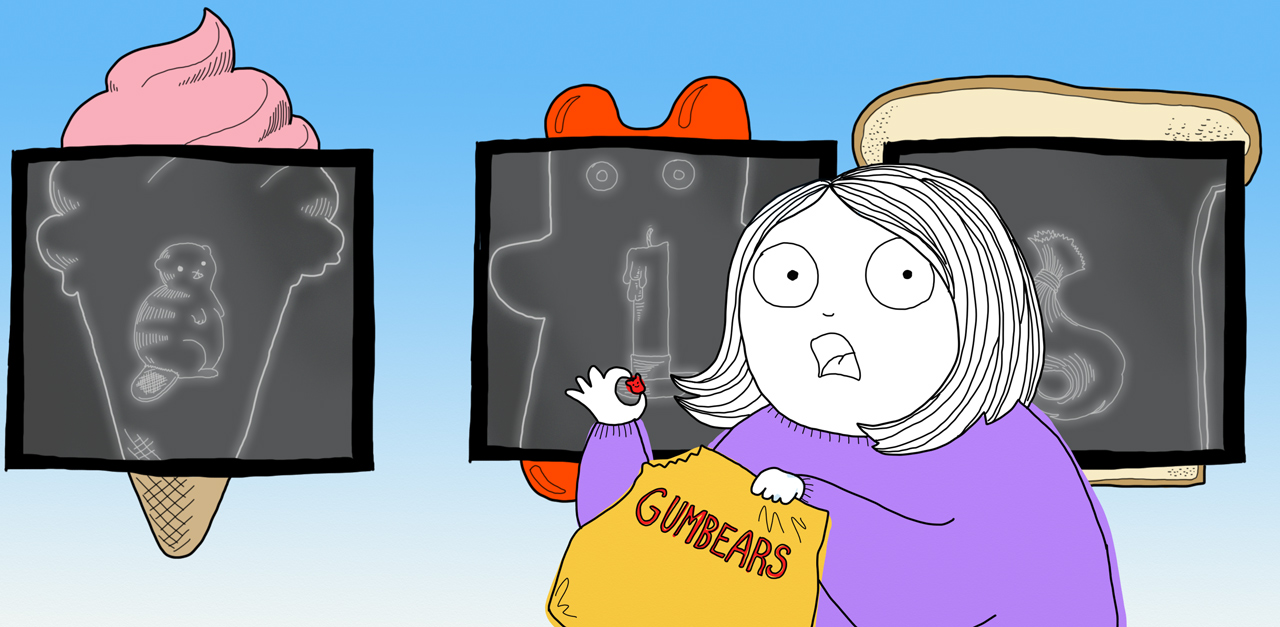
Do you read the ingredients on food packaging before you buy something?
Even though this is something we all should probably do, in the hustle and bustle of our daily lives, most of us, well, don't.
Excuses for why run the gamut, the most obvious being, do we really want to know what's lurking inside our food?
Because, the simple fact is, tons of our favorite foods contain ingredients that don't sound all that edible. Of course, this doesn't stop them from being delicious, but some of these ingredients do raise eyebrows.
Before you start worrying, note that all of these ingredients are FDA approved, and are deemed safe to eat.
With that said, you might think twice about reaching for your favorite foods after reading the list below.
Photos: Laura Caseley for LittleThings; Wikimedia Commons / U.S. Department of Agriculture
1. Wool
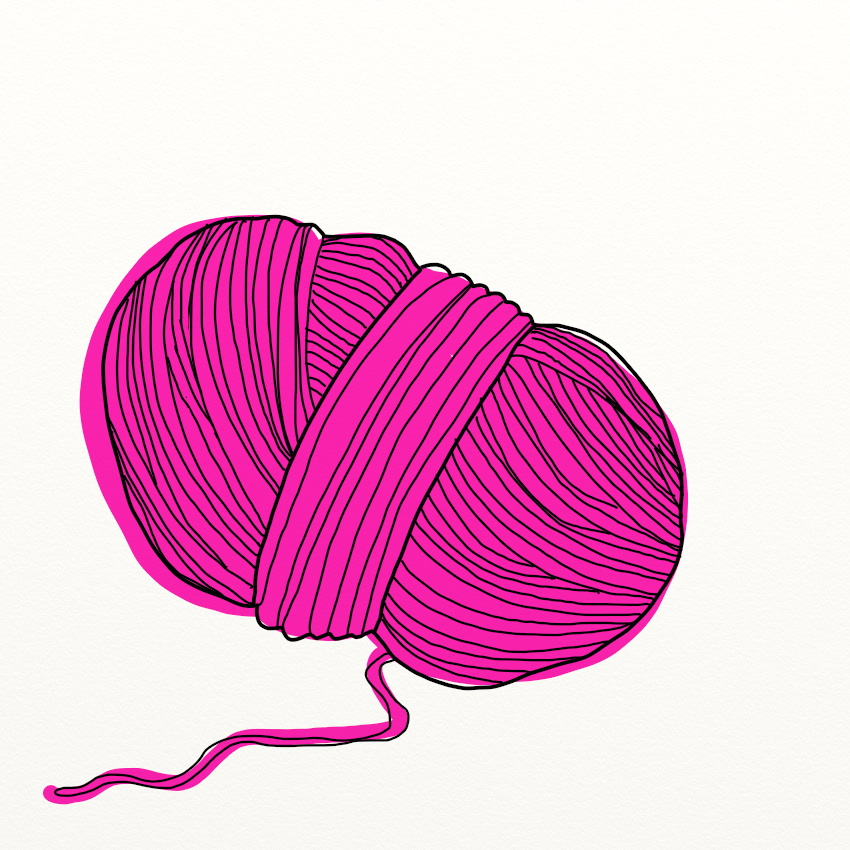
Have you ever chewed gum? If so, you've also chewed a key component of wool.
According to NDTV, a substance from sheep's wool and skin called lanolin is used to give gum its chewy consistency.
This isn't too alarming since most of us don't swallow gum, but it is still a little odd to know you're putting this ingredient in your mouth every time you grab a stick.
2. Beaver Anal Gland Secretions
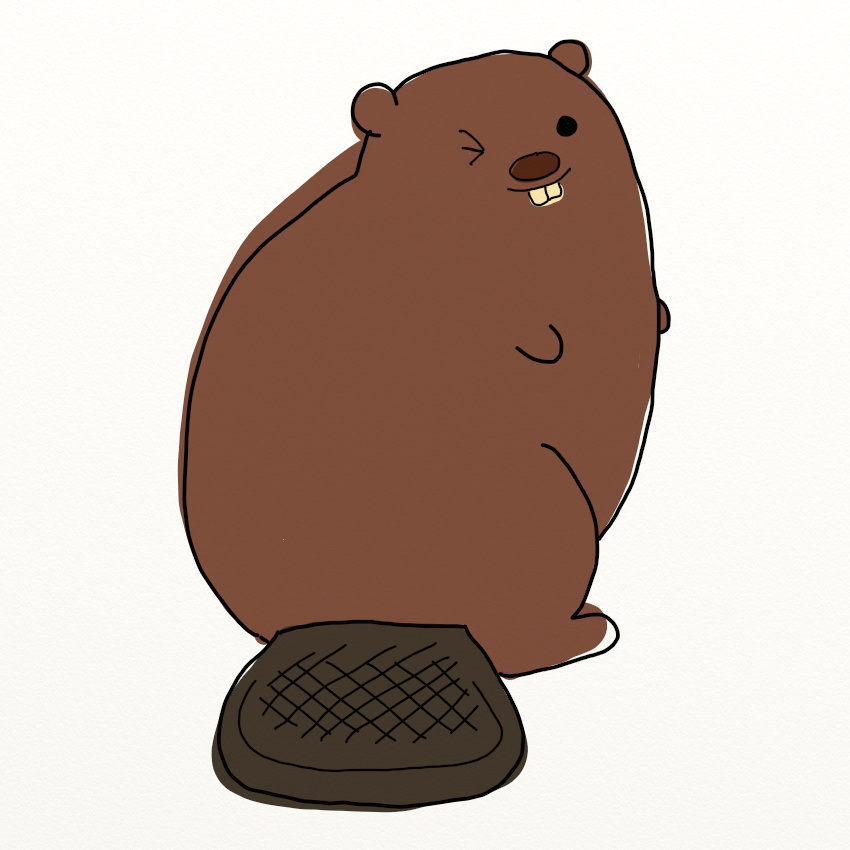
Beaver oil is used frequently by hunters, because animals are attracted to its apparently delicious smell.
Humans aren't immune to its allure either. The substance, known as castoreum, which is extracted from a beaver's anus, has also been used as flavoring in some desserts like soft-serve ice cream.
If you think this sounds gross, don't get too upset. According to Snopes, castoreum isn't used in most ice creams and desserts these days because its expensive and hard to come by.
3. Human Hair
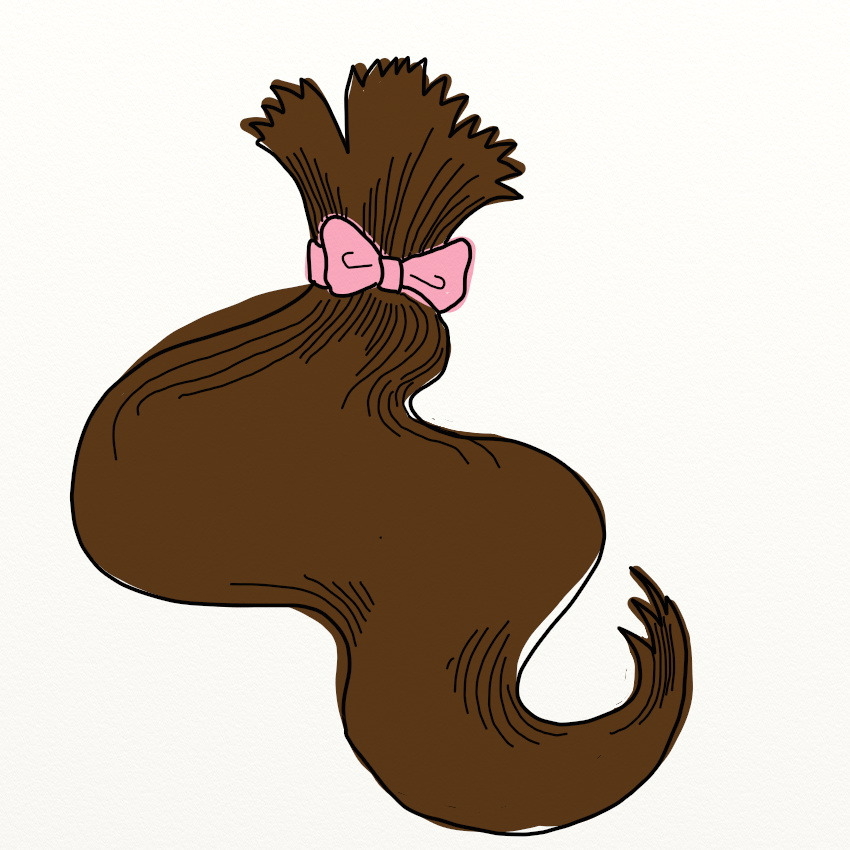
Finding a hair in your food is always yucky, but most people probably don't know that hair is used in some food products on purpose to extend their shelf life.
The substance L-cysteine, which is extracted from human hair, according to Munchies, is used as a preservative in factory-made bread to extend its shelf life.
According to Fooducate, the fancy word that manufacturers prefer to call this ingredient is "dough conditioner."
4. Antifreeze
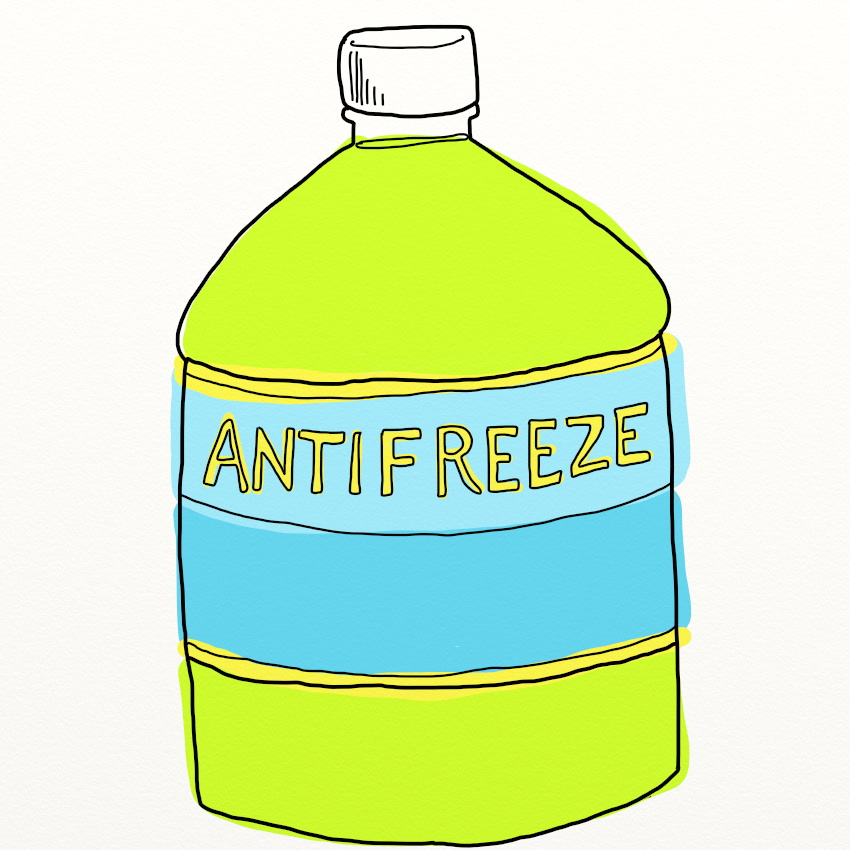
Antifreeze comes in handy by keeping your windshield ice-free. Otherwise, it's a pretty dangerous substance.
That being said, a key ingredient in antifreeze can be found in a lot of foods.
The "primary ingredient used in non-toxic antifreeze" is called propylene glycol, according to the Daily Meal. Propylene glycol is also found in flavored iced teas, some ice cream, boxed cake mix, frosting, artificial sweeteners, and soft drinks, according to LEAFtv.
5. Beetles
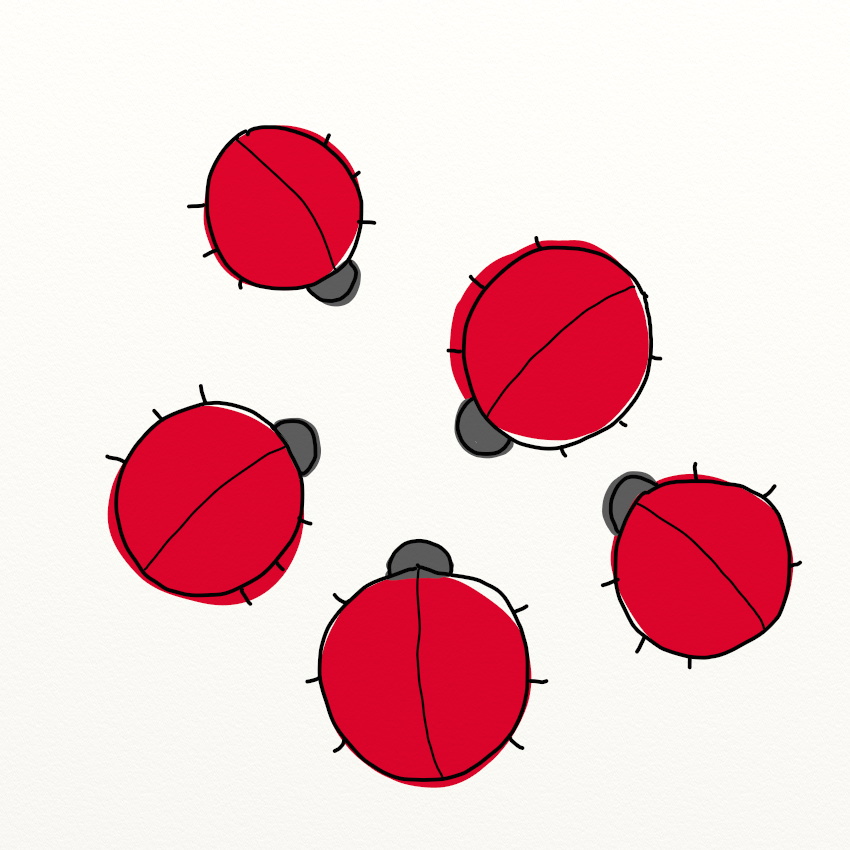
Who would have thought that some of the scrumptious red-dyed foods we eat contain beetles?
According to Live Science, carmine, also known as cochineal extract or natural red 4, includes powdered beetles.
Some common foods that contain this type of dye are strawberry yogurts, red velvet cake mixes, and various multivitamins, according to Citizens for Health.
6. Other Bugs
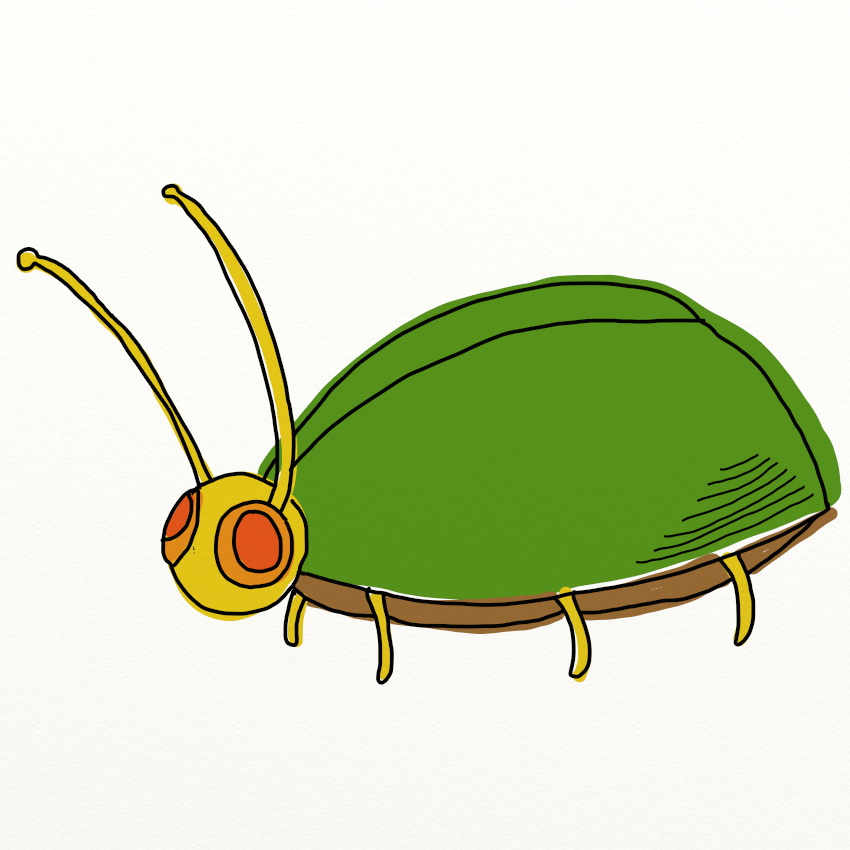
Bugs might be considered delicacies in some countries, but for most people, they are something to avoid eating at all costs.
Still, chances are that you have consumed a bug or two in your life, whether you know it or not.
The FDA allows up to 136 insect fragments in a 16-ounce jar before the food is labeled defected, according to Men's Health.
7. Sawdust
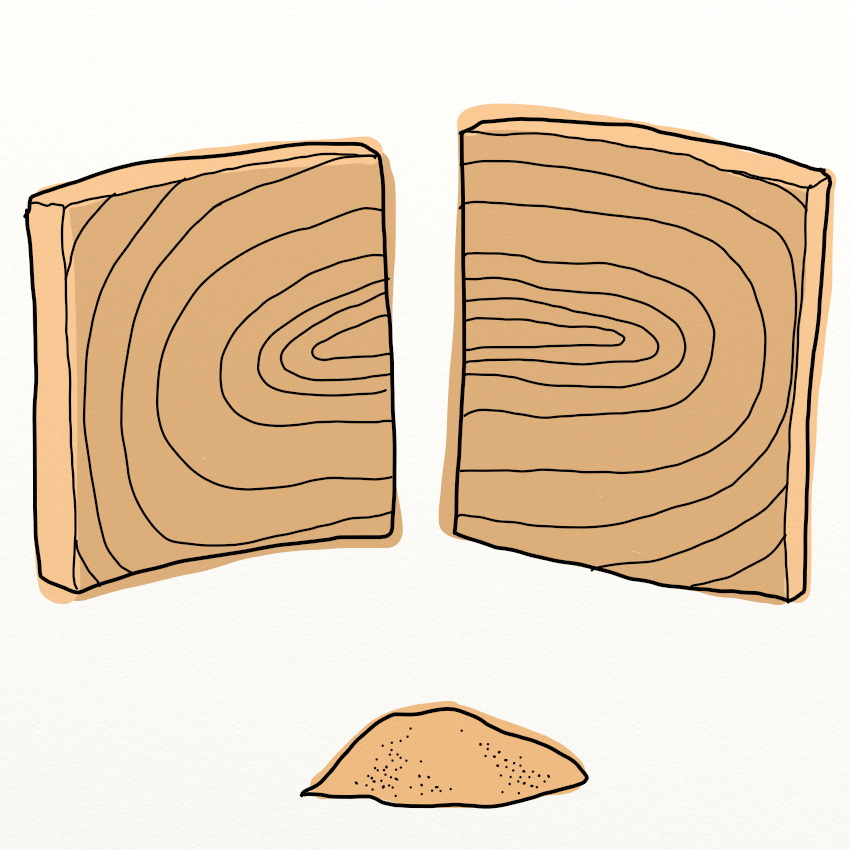
Eating the right amount of fiber is an essential part of having regular bowel movements.
However, some foods that have extra fiber added to them are actually just including a form of wood pulp or sawdust.
According to NPR, wood pulp is often added to things like shredded cheese and items at fast-food restaurants.
8. Wax

Wax is great for candles or removing hair from our skin, but in our food? Not so much.
It turns out that a type of wax that is used to make cars shiny is also used to make gummy bears and other gummy candy.
Brittanica explains that carnauba is extracted from a palm tree in Brazil and is highly prized for its "gelling agent" properties.
Be sure to SHARE this with your friends who like to eat!




